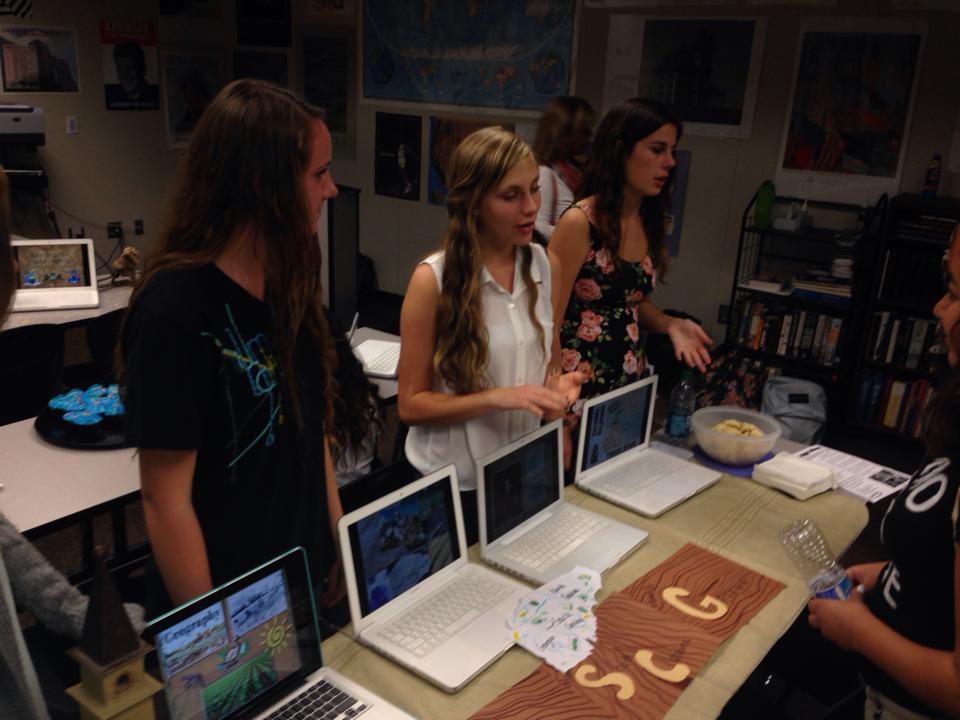Submitted by Michael Niehoff, Principal of Minarets Charter and Minarets International High School
With expressions like “School to Work,” “Career Ready,” and others, it seems like education is focused more than ever on getting students ready for the world of work. However, hasn’t this always been one of the foundational goals?
Yes, there were others such as citizenship, democratic participation, character and more. But working or employment was always part of the goal, right?
Well, this is both a good and bad thing. How could that be bad? The problem is that many of the Myths of Learning, as I like to call them, come from our historical world of work. And they now seem archaic, outdated and ineffective.
Here are a couple of those myths:
Learning Myth #1: Learning is Quiet.
For most adults, and even current students, learning is often associated with being quiet. Our libraries and classrooms are founded on this to some degree. And indeed, there was a time when “quiet” was a foundation at work.
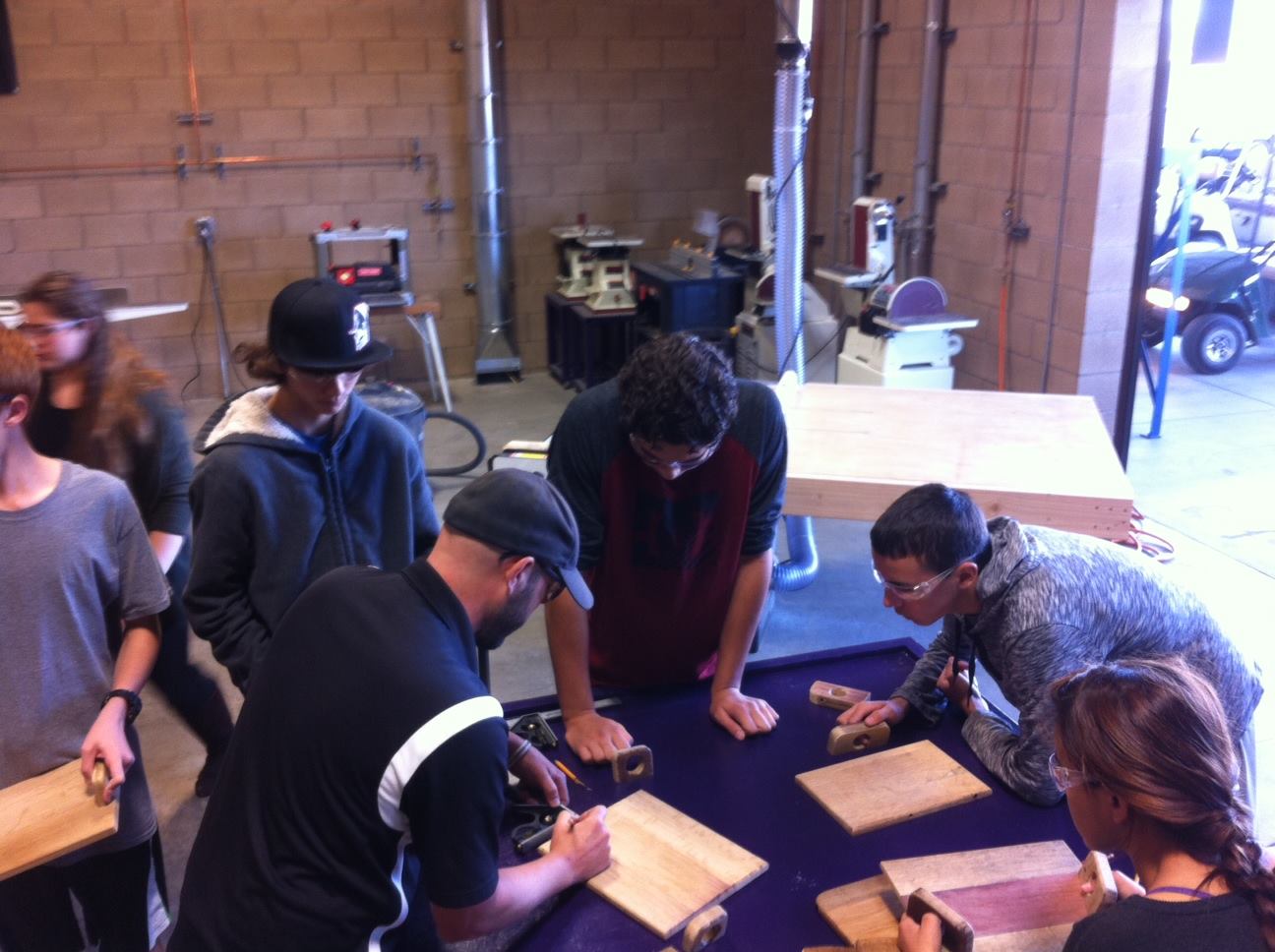 When work was being part of the assembly line or factory, interaction or dialogue at work was limited and highly discouraged. Jobs were where we did our individual assignment all day long. We didn’t question, collaborate or even do many multiple tasks. Heck, many of our contemporary office jobs were the factory, but just cubicles instead of the factory floor right? And this is what our 20th century school model was based on.
When work was being part of the assembly line or factory, interaction or dialogue at work was limited and highly discouraged. Jobs were where we did our individual assignment all day long. We didn’t question, collaborate or even do many multiple tasks. Heck, many of our contemporary office jobs were the factory, but just cubicles instead of the factory floor right? And this is what our 20th century school model was based on.
It’s also often called the Factory Model of School. We duplicated the factory floors, or the cubicles if you will, in our classrooms. So, we created rows with the boss or supervisor at the front of the rows. Students were quiet and worked individually on the assignments or work distributed by the teachers. And no matter how much we know that this is outdated and ineffective, especially in the 21st century workplace, we often still cling to this myth. It seems logical, practical and comfortable.
Don’t get me wrong…quiet has a place in both work and learning, but it’s not automatically synonymous with learning or higher productivity. However, learning, at its higher and powerful levels, is not necessarily quiet at all.
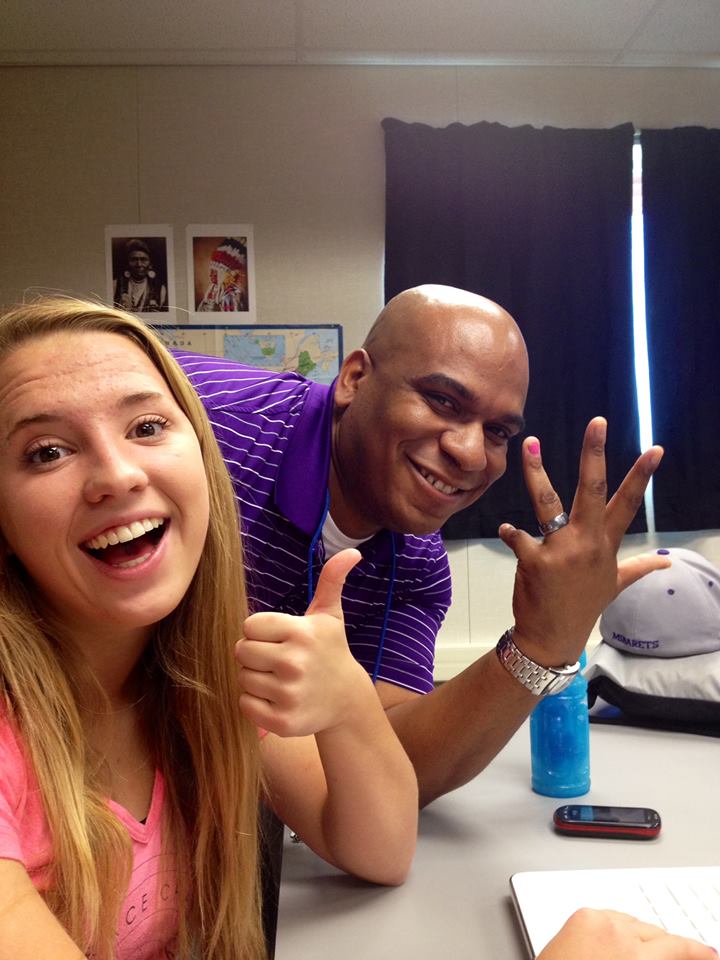 Just like most jobs in today’s economy, work – or learning – is collaborative, social, dynamic, participatory, ever changing and sometimes even chaotic. Those jobs on the factory flow, or even in the cubicles are gone. These jobs of the past have been replaced now by jobs where people work in teams, have input about their work, change roles frequently, use technology, think and act quickly and more.
Just like most jobs in today’s economy, work – or learning – is collaborative, social, dynamic, participatory, ever changing and sometimes even chaotic. Those jobs on the factory flow, or even in the cubicles are gone. These jobs of the past have been replaced now by jobs where people work in teams, have input about their work, change roles frequently, use technology, think and act quickly and more.
Again, quiet has a place. There are times when it is necessary or important. But don’t confuse quiet with actual ‘work’ or learning. Most of us can recall being quiet many times in classes and/or jobs and we were not really ‘learning’ or ‘working’ at all.
Similarly, most of can recall some of our best classes or learning experiences. They were action-oriented places with dialogue, discussion, activities, products and production, interaction, teamwork and more. I bet our best work experiences are similar. We love when work is collaborative, fast-paced, diverse, ever changing and goal or product-driven.
Learning Myth #2: Compliance is Learning.
Again, don’t be mistaken. We all have to comply with rules, regulations, structure and supervision (our bosses). Naturally, compliance is necessary. But we can’t always confuse or substitute compliance for progress, advancement or learning.
In the 20th century workplace, again, workers did not question their boss. They did their jobs and shut up. However, in the 21st century workplace, input from employees is not only acceptable, but also needed and required for real quality work.
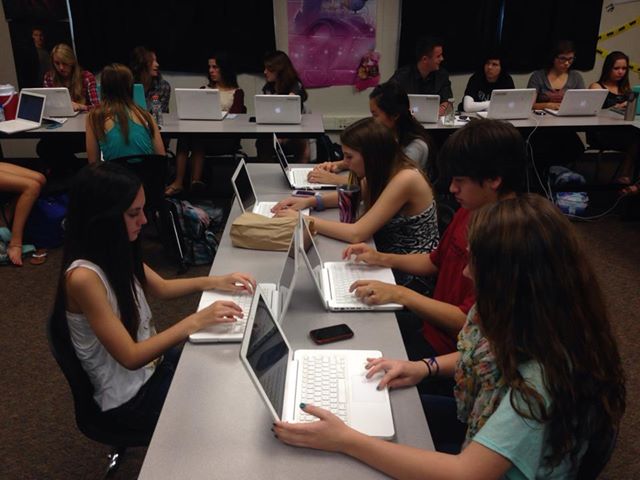 Employees need to be part of a team that has a mission, a vision and goals. Work is now about creativity, collaboration, critical thinking, communication and much more. We need employees who generate ideas, ask the right questions, seek answers, and go above and beyond. Quietly doing our jobs without being personally and professionally invested does not cut it any longer in the 21t century workplace.
Employees need to be part of a team that has a mission, a vision and goals. Work is now about creativity, collaboration, critical thinking, communication and much more. We need employees who generate ideas, ask the right questions, seek answers, and go above and beyond. Quietly doing our jobs without being personally and professionally invested does not cut it any longer in the 21t century workplace.
It’s the same now in education. We can’t just do what we’re told like a robot and call that learning. Like at work, it’s now more about asking questions vs. giving answers. It’s more about critical thinking vs. compliance. Teachers cannot just give a task, get everyone to simply do the task and call that higher-level learning.
Again, are there steps or processes during learning when this is necessary? Yes, of course. But Compliance is not the culminating activity. We need students to be invested in what they’re doing, to have choices on how to complete the ultimate task or project, to be asking questions, to be infusing their ideas and creativity into the task or project. Compliance in of itself does not lead to the type or learning or learner – or worker or employee – we need to tackle 21st century jobs and challenges.
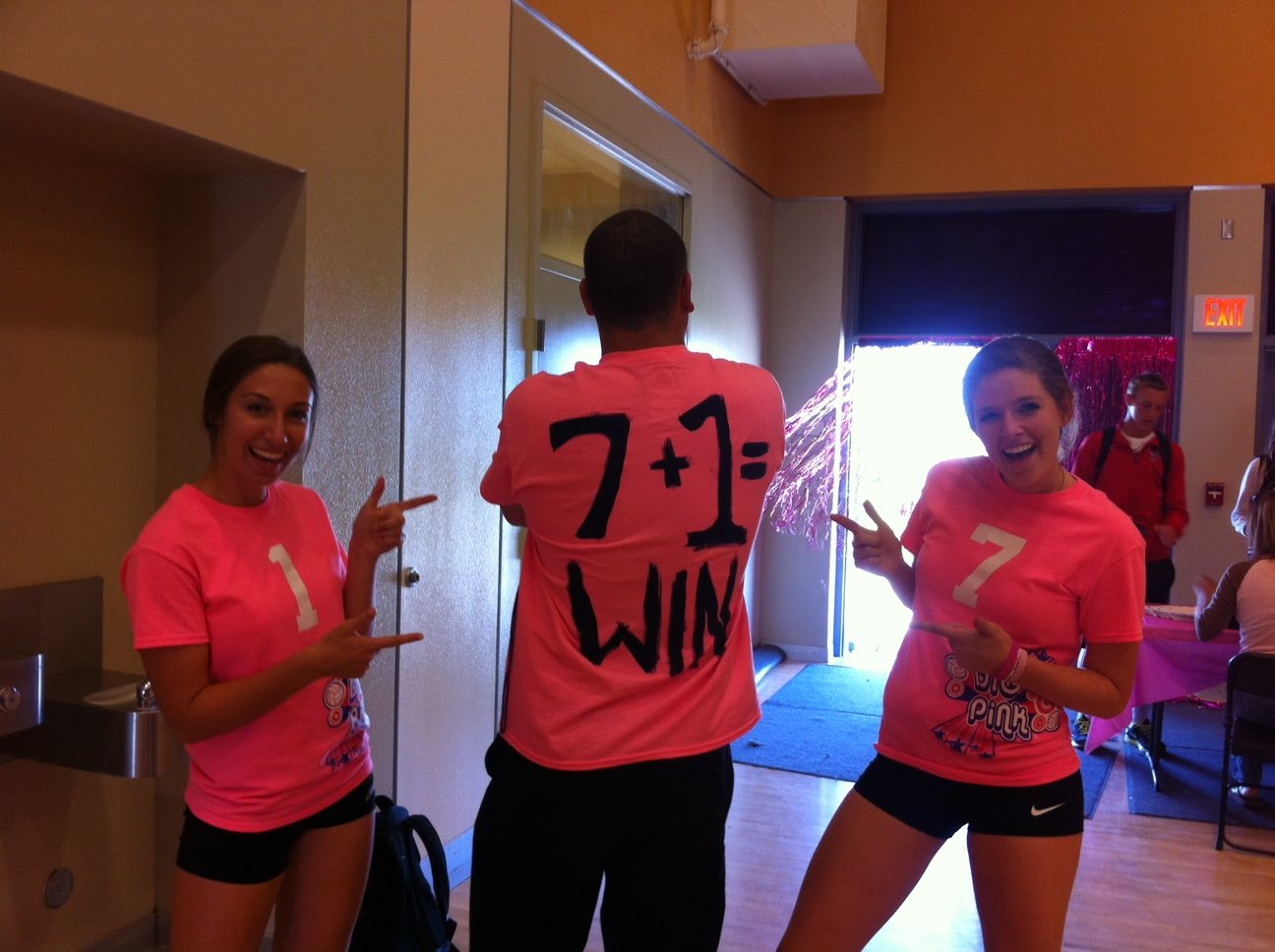 Basically, real learning – or 21st century work – is not passive, but active. It’s not just top down. This is more difficult than all of us may realize when it comes to the classroom environment, but it is the ultimate educational actualization for all learners and leaders of learners.
Basically, real learning – or 21st century work – is not passive, but active. It’s not just top down. This is more difficult than all of us may realize when it comes to the classroom environment, but it is the ultimate educational actualization for all learners and leaders of learners.
Feel free to add to this list right now and even right here if you like.
Could I generate more to add to this conversation? Of course, as you can probably imagine. But it’s not just about what I think. Like in the 21st century workplace or classroom, I am not going to give you all of the answers.
We can accept that the world has changed and will continue to change. Whether we always like it or not, work has changed immensely. What is required now to be successful is vastly different than that of the 20th century.
Remember, half of our college grads are now unemployed or underemployed. We can’t simply cling to the past and hope for the best. We have to recognize and acknowledge why and how things are different and then lead the way.
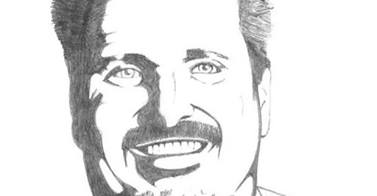 In the end, shouldn’t teachers and educators be constantly evolving and even ahead of the curve, vs. safely duplicating outdated practices?
In the end, shouldn’t teachers and educators be constantly evolving and even ahead of the curve, vs. safely duplicating outdated practices?
You know the answer.
Go to Michael Niehoff’s blog or visit the Minarets website here.
Check out Minarets on Facebook.

